Honoring Place: Reflections on the Roots of Home
In the fall of 2009, I was newly married and settling into the house where I still live. One gray morning, I was gardening in our tiny front yard when a pair of American Goldfinches landed on the Purple Coneflowers that line the alley adjacent to our rowhouse. They stayed a while, eating seeds, their flashes of yellow like bursts of sunlight through clouds.
The presence of the goldfinches made me appreciate the garden in new ways and made me wish for more such encounters. Seeing them gave me hope at a time when my work included documenting threats to the survival of far too many species. Back then, I spent a lot of my time on planes and in conference rooms on the other side of the planet. I rarely saw the species and places I worked to protect. I felt disconnected from where I lived.
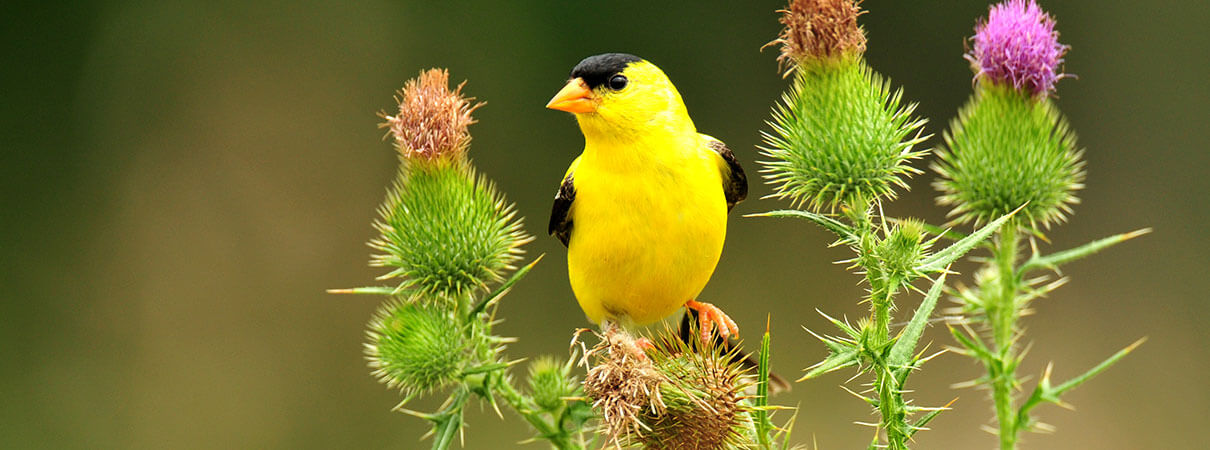
My encounter with the goldfinches was one of many tugs on my heart that eventually made me focus my work and research closer to home.
During the next decade, I thought more and more about the people who protect nature, and about the intertwining of our wellbeing with that of birds, trees, and other beings. For me, this process of shifting and reconnecting involved asking lots of questions, including: How can we get more people to care for nature? How can we do better in caring for birds and each other?
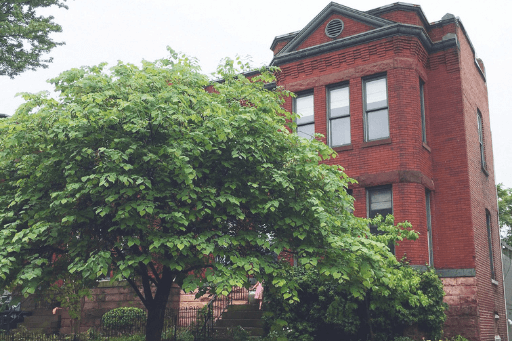
I believe that many of the answers lie in honoring people, the other beings with whom we share our planet, and the places where we live, work, and play. We can honor people by asking about their needs, their aspirations, their communities, and their histories. We can honor all living beings by respecting their right to exist and their right to thrive. We can honor place by taking the time to recognize and imagine the history and past inhabitants of that place.
Essentially, this means that we take the time to notice. This noticing has to do with paying more attention to our homes and home towns, to the places where ABC seeks to conserve birds, and to the places to which we travel for birding, adventure, or solace. Over time, through noticing, we can learn more about what we value as individuals and communities, about the needs of birds and other species, and about the work that ABC and partners must prioritize to secure the wellbeing of birds.
Noticing can start at home. It does for me. Unlike the goldfinches, I am not indigenous to the place where I live. Nevertheless, I have lived in this house more than four times as long as in any other home. This city, Washington, D.C., is where I have spent most of my life. I am aware of my deepening roots in this place at the same time that I celebrate being an immigrant, someone with roots in a place far from here.
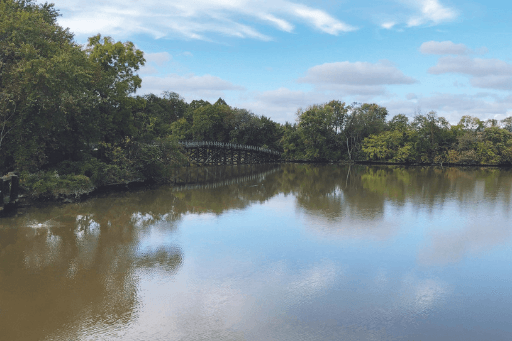
The place of my birth is home to very different birds and plants and groups of people. And yet, I glimpse fragments of that home in the porch of a house a few blocks away, a smoky smell that wafts through occasionally, a yellow flower that looks exactly like a flower that I loved when I was three and living in Panadura, Sri Lanka. I am not rootless, but I am not from one place.
My house sits on the top of a small hill which is, in turn, part of a low-lying stretch of land between two rivers. The house is made of brick and is beautiful. The walls and the soil in the garden still contain lead that, if ingested, could poison the developing brain of a baby. The house is connected to the one next to it. The nearby rivers are fed by a series of creeks; one of the largest of these, the Tiber, is now completely buried for its entire length under a train station and houses and streets. In turn, one river flows into the other, and the waters of both the Anacostia and Potomac empty into the Chesapeake Bay, one of the largest estuaries in the world.
My home was built around 1885 and was likely occupied by middle-class and working-class people, who were likely Irish or African American. I am probably the first Sri Lankan to live in this specific place.
The surrounding neighborhood, once called Swampoodle, provided refuge to emigrants fleeing the Great Famine in Ireland. Malaria and poverty burdened many residents. Goats and cows lived in some of the alleys. Over time, Greek, Italian, and more African American people moved to the neighborhood. Today, this neighborhood is ethnically diverse, but the percentages are changing; the residents are increasingly wealthy. As with most places and histories, beauty is interwoven with ugliness, pain with joy.
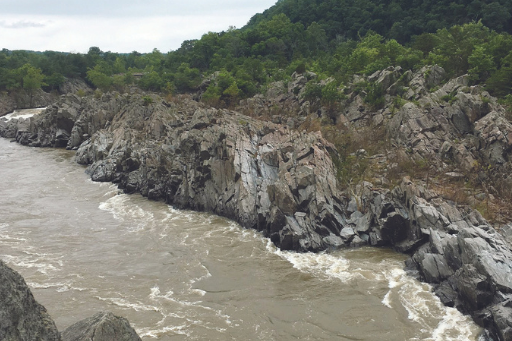
If we look back further than 200 years, written words about this place are few. Nevertheless, we know that the area where I live was swampy and forested. The Piscataway and Nacotchtank (or Anacostan) people lived nearby and passed through on their way to trade centers, to quarries near one of the creeks, or to fishing grounds along the rivers. The quarries remain, and there are unmarked burial grounds within the city. There may have been others here before them. The skies, forests, and marshes were full of wildlife, including now-extinct Passenger Pigeons and Carolina Parakeets, as well as Elk and Red Wolves. The rivers and creeks were free of pollution and deeper, teeming with fish like American Shad. Wild Rice is native to these rivers. I am certain that many of these beings did not choose to leave, did not choose that their descendants would no longer occupy this place.
What might this small piece of land look like in another 500 years? Who might live here? Will there be wild places nearby? How can we ensure more fairness and respect in the future than in the past? How can we help each other to see connections between the past and the future, and to think about both collectively?
I have worked with ABC for two years, and have served as the organization's Chief Diversity Officer for a few months. As I look to the future, toward an inclusive approach to bird conservation, I want us to remain rooted in place. When we take the time to notice, we begin to care more deeply about the place and its history, and we become more able to be good stewards of the land and water. When we take the time to honor and learn from the complicated histories of the places where we live and work, we can look toward a future that incorporates a diversity of perspectives and approaches. It is from this diversity that we will collectively prevent bird extinctions, adapt to our changing climate, and address other global challenges.
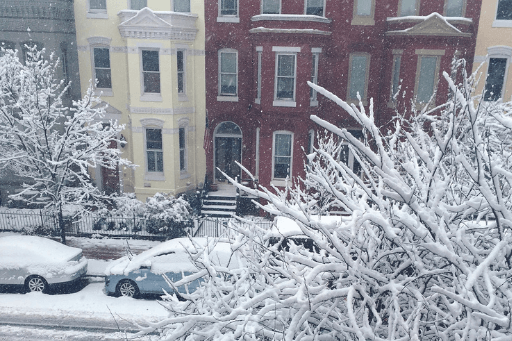
I hope that you, our readers, take the time to reflect on and examine the history of your home places, the places where you go birding, where you walk your dogs, visit your parents, or play with your children or grandchildren. Consider honoring place and making space for birds in ways that resonate with you.
Notes
- What is “place”? Place can be defined in many ways. My favorite definition comes from the geographer Yi Fu Tuan, who considered place to be “space imbued with meaning.” The definition I use here, calling place where we “live, work, and play” comes from the environmental justice movement. This is a much more proximate view than that held by traditional conservationists, in which the most important areas are often the ones occupied by the fewest people. I believe both perspectives have value and that layering these two ideas with an ever-expanding range of perspectives will provide a more nuanced and beautiful sense of place.
- What is a land acknowledgment? Lately, during professional gatherings, some people have mentioned that they are living or working on the ancestral lands of a specific group of Native American people. Land acknowledgments can provide a very brief recognition of the complicated history of the place where we find ourselves. All places have such complex histories, much of which is invisible, forgotten, erased, or obscured. This reflection is my version of a land acknowledgment.
 Naamal de Silva is ABC's Chief Diversity Officer. She holds a certificate in Diversity and Inclusion from Cornell University, a doctorate in Education from George Washington University, a Master's in Environmental Management from the Yale School of the Environment, and a B.A. in Biology and Environmental Studies from Swarthmore College. Naamal was born in Sri Lanka and grew up in Washington, DC.
Naamal de Silva is ABC's Chief Diversity Officer. She holds a certificate in Diversity and Inclusion from Cornell University, a doctorate in Education from George Washington University, a Master's in Environmental Management from the Yale School of the Environment, and a B.A. in Biology and Environmental Studies from Swarthmore College. Naamal was born in Sri Lanka and grew up in Washington, DC.


















































